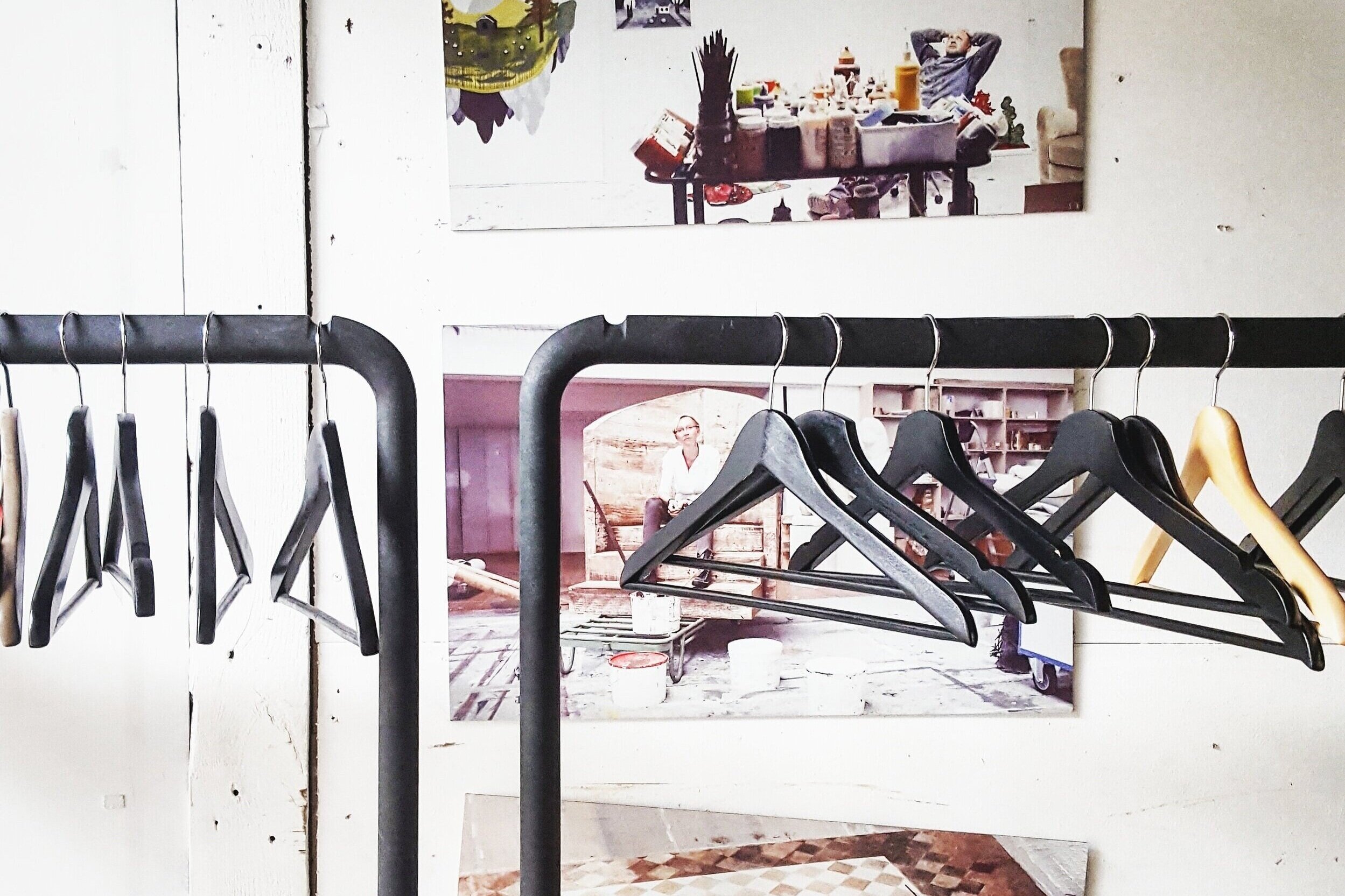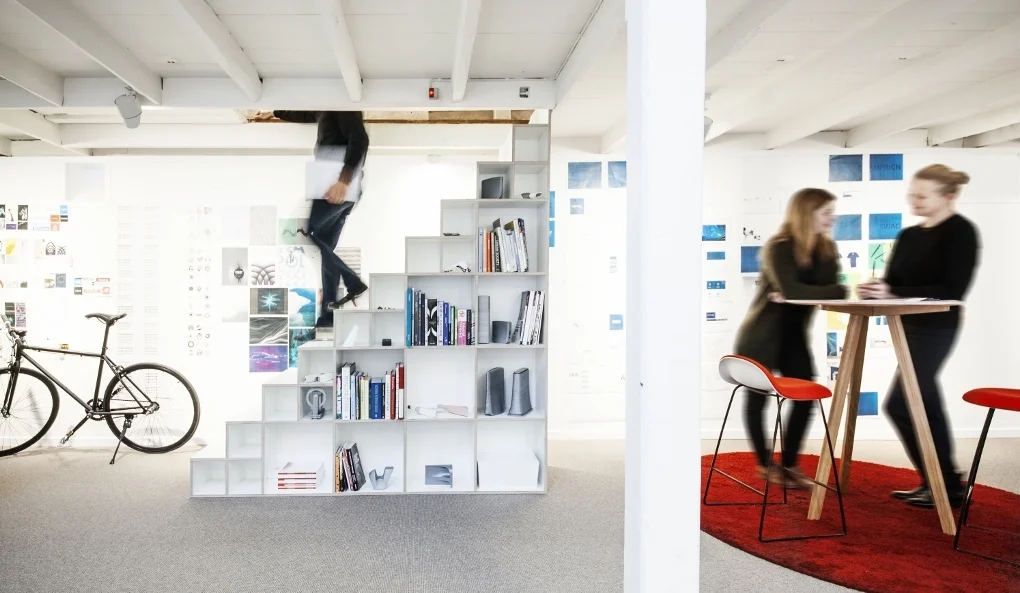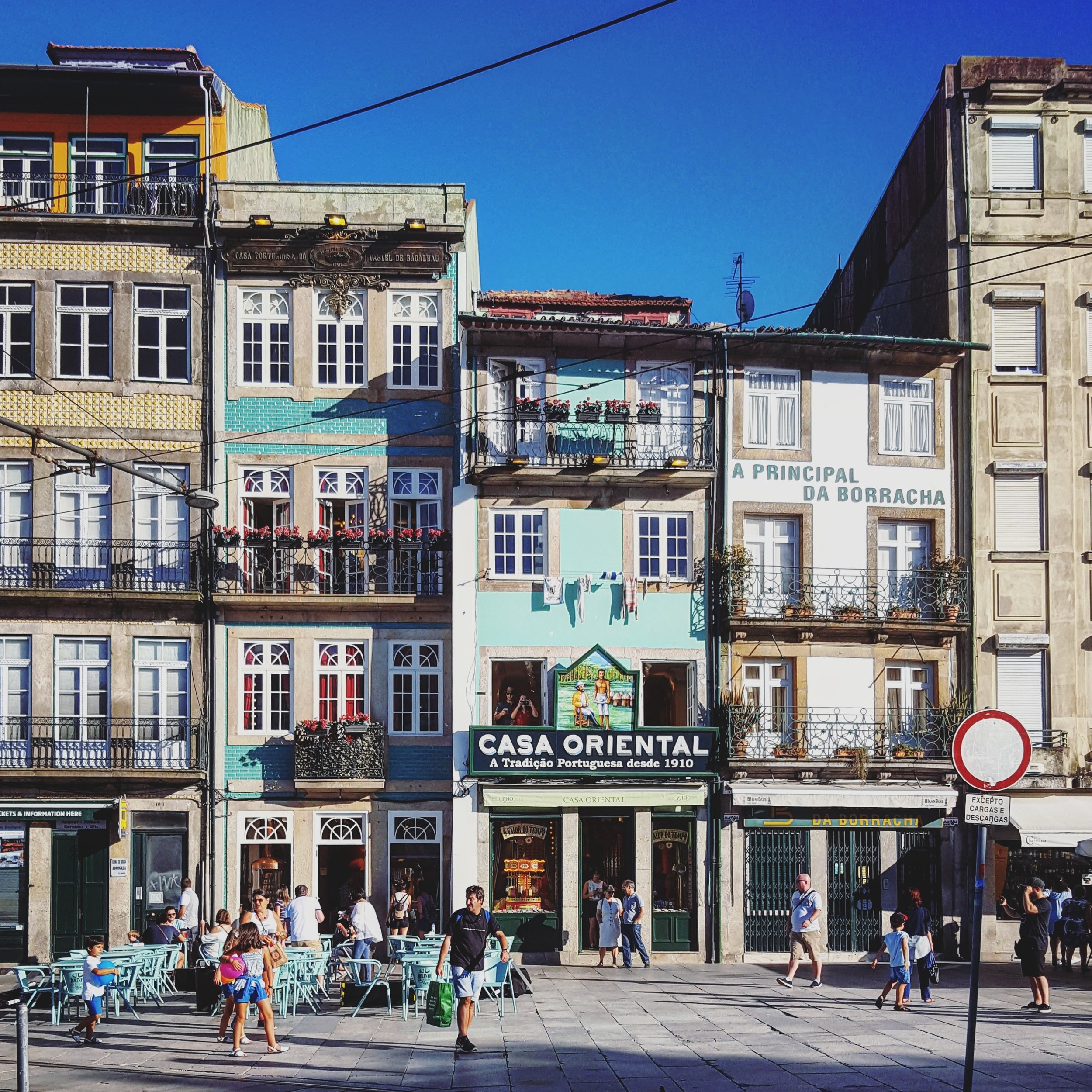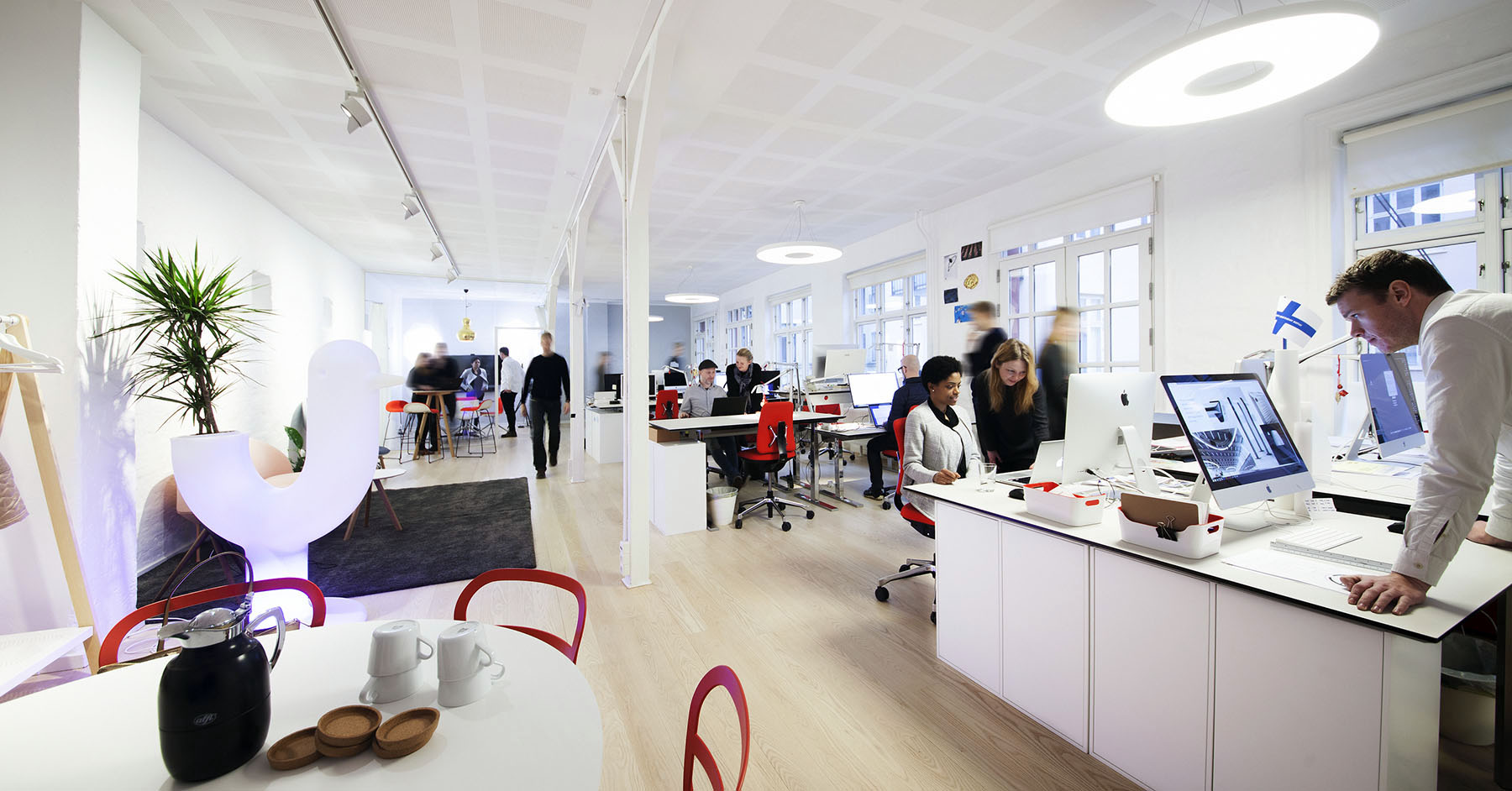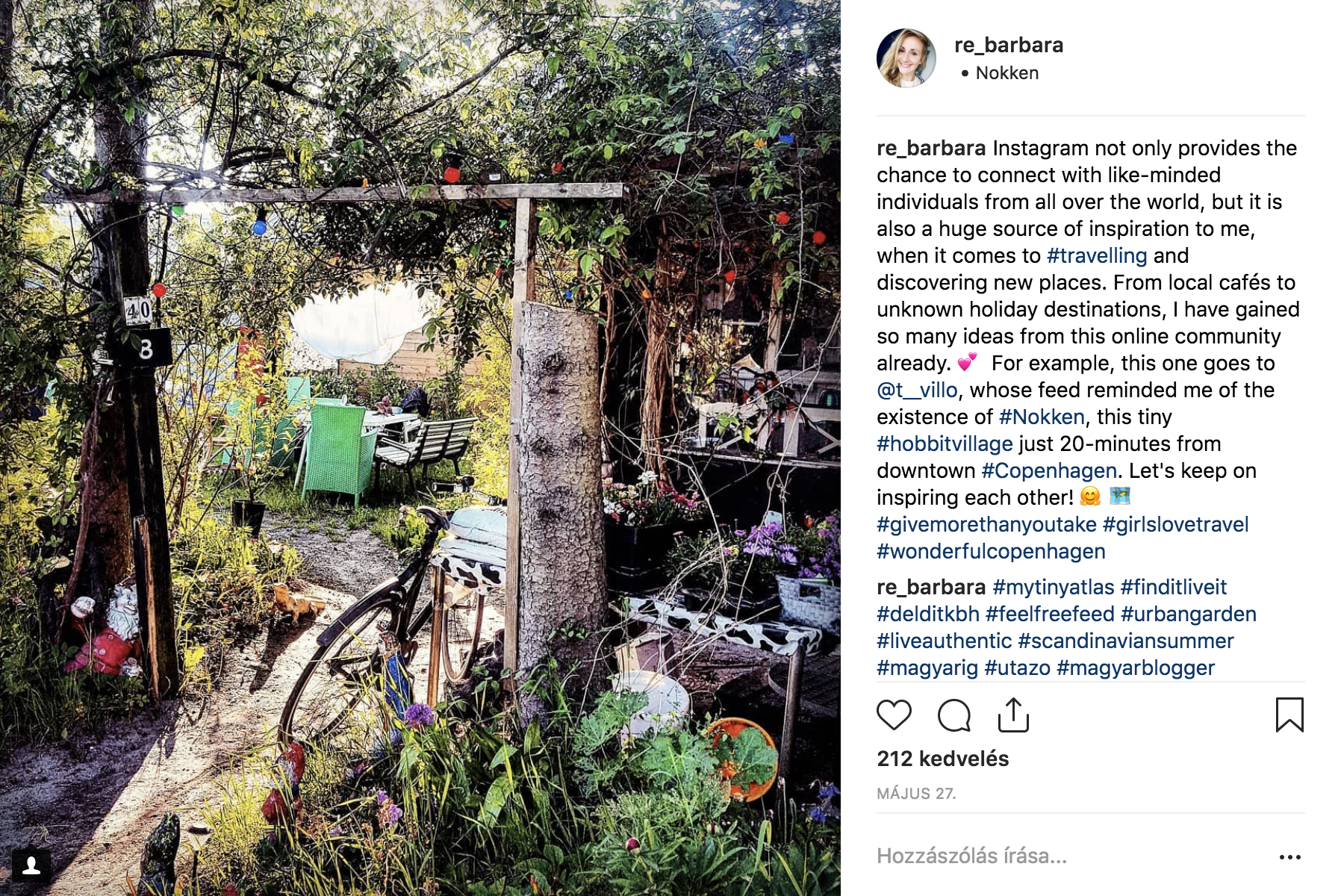Today’s customer expects fast and relevant services from any provider. As we, Millennials are getting into our 30s and the average life insurance customer is becoming more and more tech-savvy, insurance companies are forced to invest heavily in digital transformation and offer personalized services on the market. The challenge is, how to avoid the common pitfalls on this journey of modernization? From carriers’ culture and change management to product innovation initiatives, I mapped out the smartest trends on the life insurance landscape.
The ‘Amazon Effect’
Whether we like it or not, retail markets were forever disrupted by the rise of the e-commerce industry and digital marketplaces like Amazon or Netflix. By constantly tracking customer habits and monitoring shopping patterns, these e-commerce businesses deliver personalized products for millions of people.
Insurance carriers could learn a lesson from this and get closer to their customers’ needs by introducing a customer-centric approach. Since today’s customer expects fast and relevant services from any provider, it is time for insurers to ask themselves, what do they know about their customers, and what can they predict from their behavior.
More Data for a Better Service
Different generations have distinct attitudes when it comes to sharing their personal data. In general, Millennials and Gen Z are willing to give more information in return for better service. As nowadays only 34% of Millennials in the USA own individual life policies (based on a recent LIMRA report), catering to the needs of Millennials can be the engine of growth for life insurers.
Despite the regulatory challenges and the complexities of underwriting, insurers have a lot of customer data on their hands, which could be used to drive the customization of products to better meet customer needs. While these custom offers provide value for customers, companies need to make sure that the data is used in a way that is transparent and comfortable for any policyholder. In this sense, market regulations will need to translate and understand new technologies that will contribute to these personalized offers.
Create Digital Native Products
According to a recent report on Forbes started just before the pandemic, online life insurance sales increased by more than 30% for providers with speedy apps that used data/algorithm-driven underwriting. At the same time, agent-driven sales are in decline, due to the lack of physical contact opportunities and emerging digital solutions.
An obvious reaction to these trends could be to target direct to consumer channels with new, digital native products, easing the dependency on traditional forms of underwriting. When reality around us is moving in this cadence, carriers have to navigate the market based on data-driven decisions and real-time insights.
By leveraging the capabilities of a no-code platform, insurers could develop and launch new products extremely quickly, automate any process across the entire customer lifecycle, and enable partners to distribute their products via pre-defined APIs. With the enabled self-service functionalities that these platforms can provide, applicants can see if they are qualified and then purchase a policy in a matter of minutes, instead of going through manual, paper-bound processes.
Millennials can be the engine of growth for life insurers.








